Does AI-Generated Content Automatically Have Copyright?
Generative AI is rapidly transforming how content is created, distributed, and utilized across various industries. From entertainment to education to marketing, AI-generated content has already found myriad applications. The speed, ease, convenience, and cost-effectiveness that AI content offers also come with grave potential costs spanning legal, ethical, and political boundaries. In this piece, we'll examine the impact of AI content, particularly from a legal perspective, and build a case for the ethical use of AI content. We'll also discuss the benefits of relying on all-in-one AI content platforms, such as HitPaw, to ensure full compliance with the law.
Part 1: What Is AI-Generated Content?
The term "AI-generated content" encompasses a broad categorization of content, including images, videos, blogs, website content, music, and designs, created by generative artificial intelligence that has been trained on vast datasets. Such tools mimic human content creation, often producing content that's indistinguishable from human-generated content.
In recent years, AI has grown capable of creating a variety of content, including paintings, designs, music, and images. Their ability to produce large amounts of content at scale and low cost has made them an essential tool for every professional and creator working with content. AI tools also give creators full control over the content, allowing them to experiment with different versions and unlock their creativity.
Interestingly, there is an ongoing debate between AI-generated content created with human assistance and AI-generated content that's fully machine-generated. Questions regarding the intellectual property rights of such content, accountability, authorship, and other related issues are being raised. Until legislation formalizes the difference between them, all AI content exists in a grey area.
Part 2: Does AI-Generated Content Automatically Have Copyright?
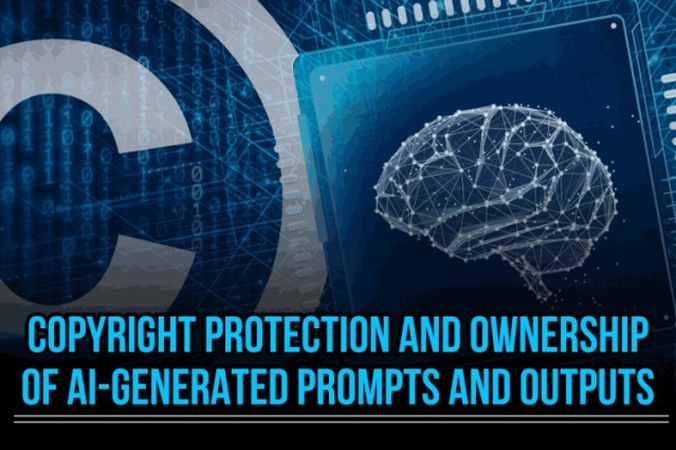
Here's some food for thought: Let's say you asked a generative AI to create an image of a fictitious person. Who owns the copyrights on this image - you, the AI that generated it, or the company that created the AI?
The principles of copyrights are centered around human authorship and ownership. In practice, this means that only humans can have copyrights over content in most jurisdictions. The introduction of AI into this equation complicates things to some extent. If the content is created entirely by AI with minimum to no human intervention or input, then such content is not owned by anyone, AI or otherwise. If human input in creating such content is creative, substantial, and directed, copyright may apply to the human contribution, not to the AI. Therefore, users must be transparent and document their role in the creation of AI content.
In a nutshell, the AI does not hold any copyright claims on the content it generates. That said, the organizations that offer AI services may include a provision in their Terms of Service to grant themselves limited to complete copyright claims over all content generated using their AI. So, you must be aware of the policies of the AI services provider.
Part 3: Key Copyright Disputes and Precedents in AI Content
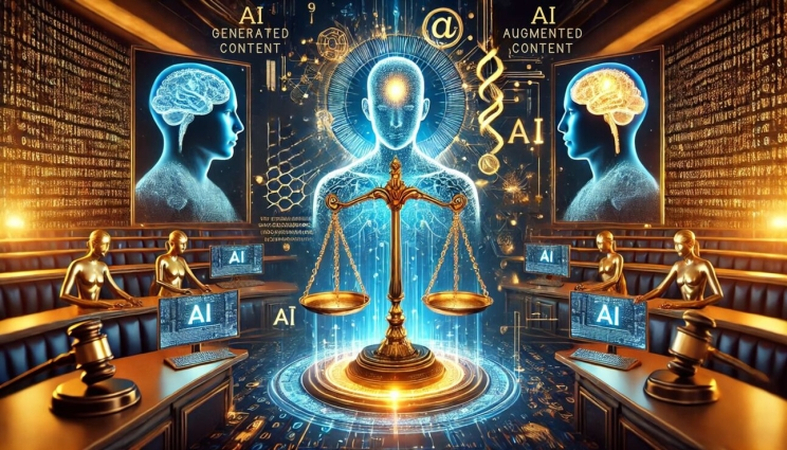
Although it may feel like AI Content has become mainstream for some time, it remains a relatively new phenomenon. There aren't enough comprehensive legislations surrounding the creation, use, and ownership of AI Content. Both its inputs (training data) and outputs (AI content) are under severe legal scrutiny, with demand for strong legislation erupting from all quarters. Nevertheless, that hasn’t stopped the judicial system from using existing laws to rule on disputes involving AI content. Here are some notable cases:
- Thaler v. Commissioner of Patents, the Australian Federal Court case, witnessed a judgment that explicitly ruled against recognizing AI as an inventor.
- In Tremblay v. OpenAI, Inc., a California court refused to side with authors who alleged that OpenAI's AIs were trained on their copyrighted content without their permission.
- The Getty Images v. Stability AI case centers on the use of inputs, with Getty Images alleging that Stability AI trained its AI model on copyrighted stock images of Getty without obtaining proper permission.
- Developers with published code on GitHub have sued GitHub, Microsoft, and OpenAI for using their code without adhering to proper attribution practices. While most cases were dismissed, two cases involving open-source license violations and breach of contract are ongoing.
- The Universal Music Group v. Anthropic is about Claude (Anthropic's AI) generating song lyrics that bear close resemblance to UMG's copyrighted works.
The judgments from these and many other cases will likely become landmark cases governing the creation, use, and distribution of AI content in the long run.
More importantly, it's essential to recognize that these AI developers are facing pressure from original content creators, likely due to the scale of their operations. A regular consumer using such AI tools is currently not in the crosshairs of the litigators. However, when AI-generated derivative work goes viral, it may also attract their attention.
Part 4: What Creators Must Do When Using AI Tools
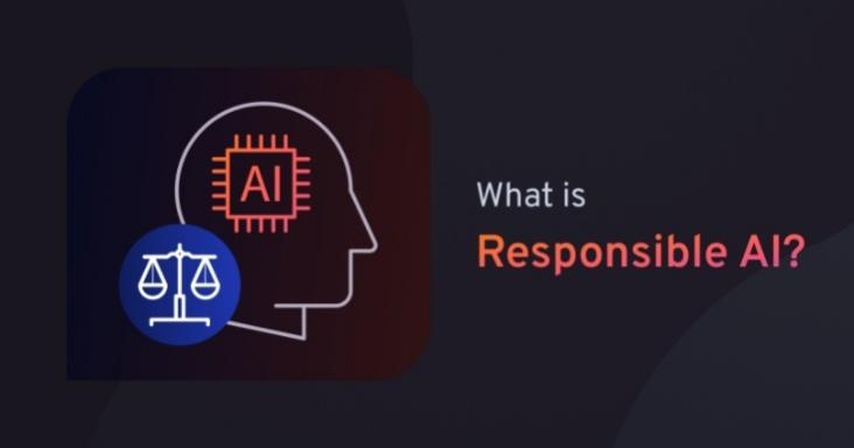
When using AI content, it's important to be mindful of AI's limitations when it comes to creating original content. Acknowledge that much of AI's output can be discernably derivative, so take the following precautions:
- Ensure that you contribute meaningfully to the AI content generation process. Give the AI detailed prompts, editing instructions, and customization inputs to really bring out a highly curated work. This will increase the likelihood of you gaining ownership of the content.
- Use clear disclaimers and be transparent about the content that is AI-generated.
- Not all generative AI service providers are equal. They often have vastly different content ownership policies. So, make sure that you read the policies of the AI platform before generating and using content from them.
- Keep a detailed record of the AI content creation process, including all the prompts you used, edits you suggested, post-creation edits you performed, etc., to prove your ownership.
Part 5: How to Stay Compliant Using All-in-One AI Platforms
The biggest challenges users face when using AI content are the vastly disparate policies, terms, and conditions, as well as the legality of the datasets used in training their AI models. This can expose users to unwanted legal disputes from unpredictable quarters. They can avoid all of these problems by sticking to a trusted all-in-one AI platform like HitPaw to meet all their AI needs. Having a single source of AI content, like HitPaw, eliminates the need to review, understand, and comply with different sets of policies from various AI platforms. With HitPaw, there's also the advantage of clear, transparent, and responsible AI content policies that the platform offers.
Why HitPaw is Safer for Creators?
- The Complete AI Toolset: From full-fledged video editors to translators, HitPaw offers a comprehensive suite of tools for creators.
- User-friendly Policies: With HitPaw, the ownership of all AI content you create rests with you. No hidden clauses.
- Cutting-edge Tools: HitPaw offers most of its AI tools as one-click services, requiring little to no expertise from users.
- All Platforms: Users get dedicated tools for every device platform, including Mac, Windows, iOS, and Android.
- Simplified Pricing: Premium plans start as low as $9.99, giving users full control over the content production costs.
- 30-Day Money-Back: HitPaw's money-back guarantee gives users a completely risk-free opportunity to try its AI tools.
Conclusion
AI tools can help people create amazing things, such as art, videos, and stories. But there's a big question: who owns the content made by AI? In many countries, only humans can own content by law, not AI. So, if an AI creates a piece of content with little or no help from a person, that content might not be protected. Follow the best practices discussed in this post to protect your AI-generated content with copyrights. Also, using an all-in-one platform like HitPaw is a smart choice for creators looking to simplify the legal implications associated with their creation and use of AI content.

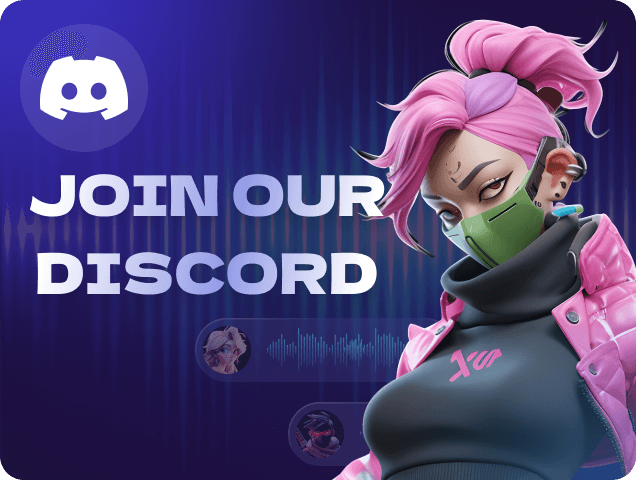


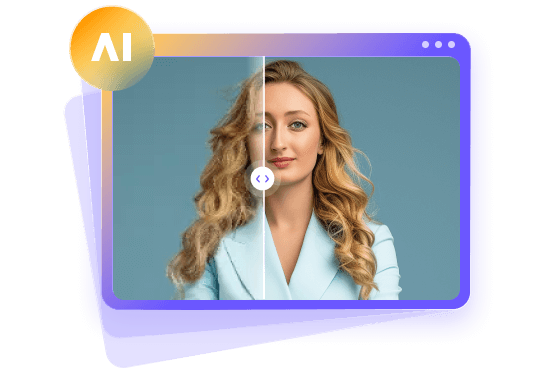





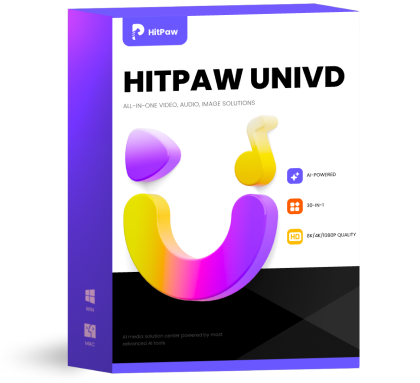 HitPaw Univd (Video Converter)
HitPaw Univd (Video Converter)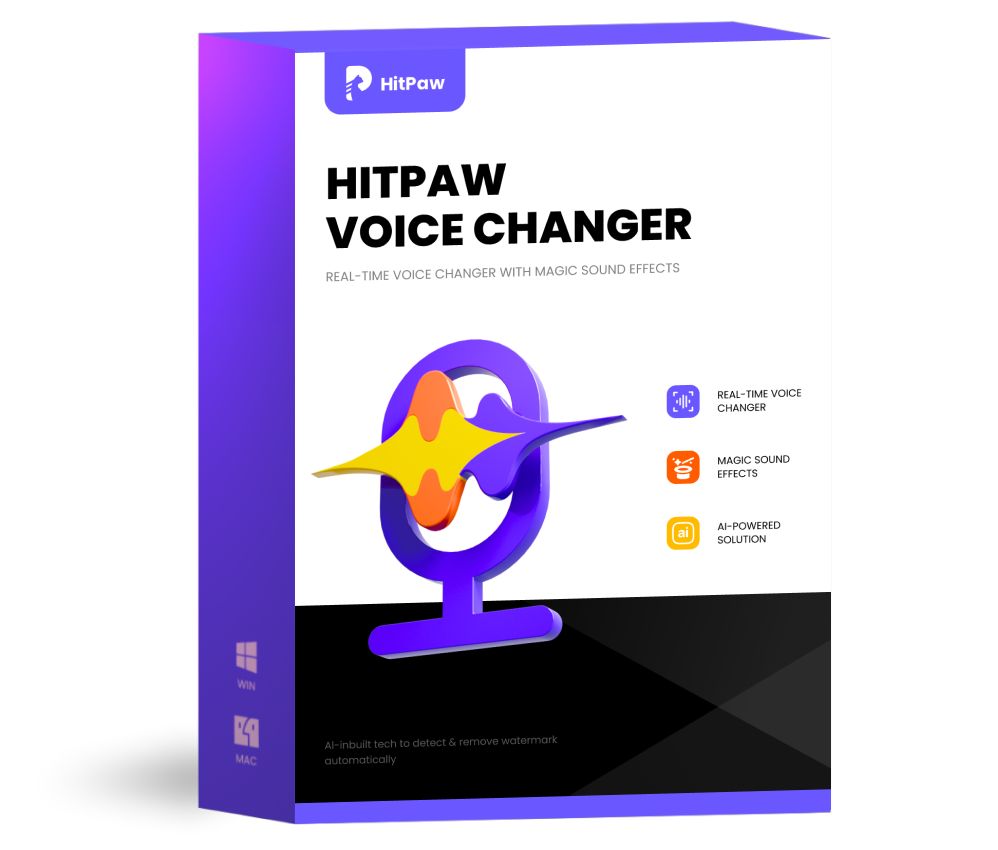 HitPaw VoicePea
HitPaw VoicePea 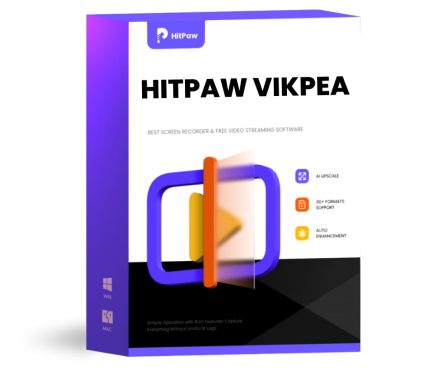 HitPaw VikPea (Video Enhancer)
HitPaw VikPea (Video Enhancer)



Share this article:
Select the product rating:
Daniel Walker
Editor-in-Chief
This post was written by Editor Daniel Walker whose passion lies in bridging the gap between cutting-edge technology and everyday creativity. The content he created inspires the audience to embrace digital tools confidently.
View all ArticlesLeave a Comment
Create your review for HitPaw articles